Animal Feed - Exports
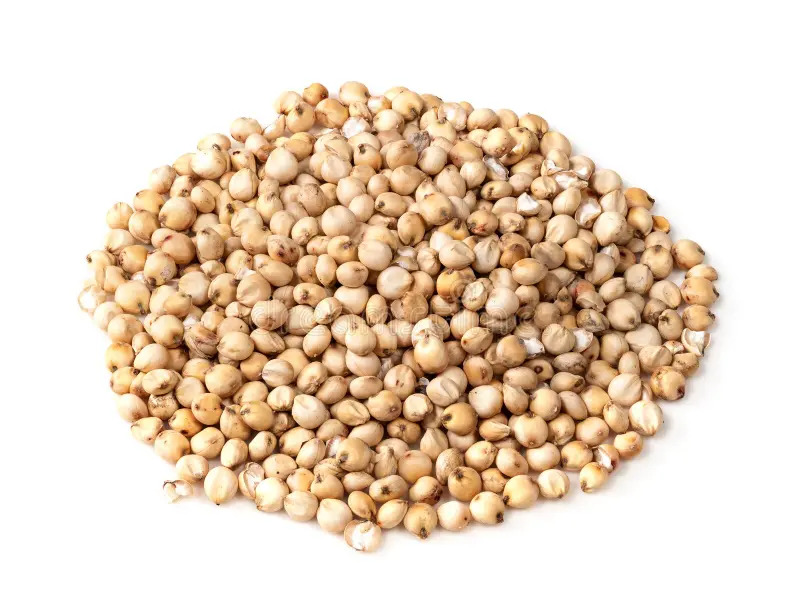
Sorghum
Uses: White sorghum is used in making edible oil, starch, dextrose (a sugar), paste, and alcoholic beverages. The stalks are used as fodder and building materials. It is also used in preparing various foods like porridge, unleavened bread, cookies, cakes, couscous, and malted beverages.
Health Benefits: White sorghum is a nutrient-rich grain, high in essential vitamins and minerals, fiber, antioxidants, and protein³. It helps in controlling calcium levels that are ideal for bone health; it aids in the healing of damaged bones and can prevent more serious conditions such as arthritis and osteoporosis.
Applications: White sorghum is used in food products such as cereals, snacks, and gluten-free flour. Additionally, it is a valuable ingredient in the animal feed industry, providing a nutritious and cost-effective feed source.
Finger Millet
Uses: Finger millet is used in traditional dishes across Africa and Asia, such as porridge, bread, cakes, malt, beer, roti, dosa, idli, and laddu⁹. It is also used as a rice alternative and as a straw for feeding.
Health Benefits: Finger millet is a good source of vitamins and minerals, has high content of dietary fibres, is a rich source of antioxidants, helps in inhibiting tumour growth, natural cure for patients of diabetes, lowers blood cholesterol, helps in weight control, provides strong bones, improves mood, boosts energy levels and promotes blood circulation.
Applications: Finger millet is used in various forms and dishes. You can have it as idli, dosa, roti, porridge, or balls, mixed with different ingredients, such as milk, spices, and vegetables. It can also be used to make snacks, desserts, and beverages.
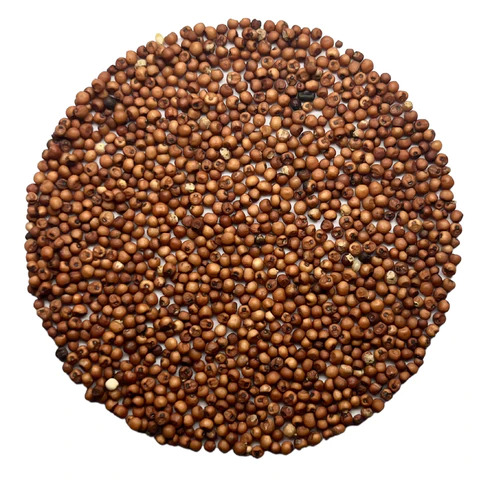

Finger Millet
Uses: Finger millet is used in traditional dishes across Africa and Asia, such as porridge, bread, cakes, malt, beer, roti, dosa, idli, and laddu⁹. It is also used as a rice alternative and as a straw for feeding.
Health Benefits: Finger millet is a good source of vitamins and minerals, has high content of dietary fibres, is a rich source of antioxidants, helps in inhibiting tumour growth, natural cure for patients of diabetes, lowers blood cholesterol, helps in weight control, provides strong bones, improves mood, boosts energy levels and promotes blood circulation.
Applications: Finger millet is used in various forms and dishes. You can have it as idli, dosa, roti, porridge, or balls, mixed with different ingredients, such as milk, spices, and vegetables. It can also be used to make snacks, desserts, and beverages.
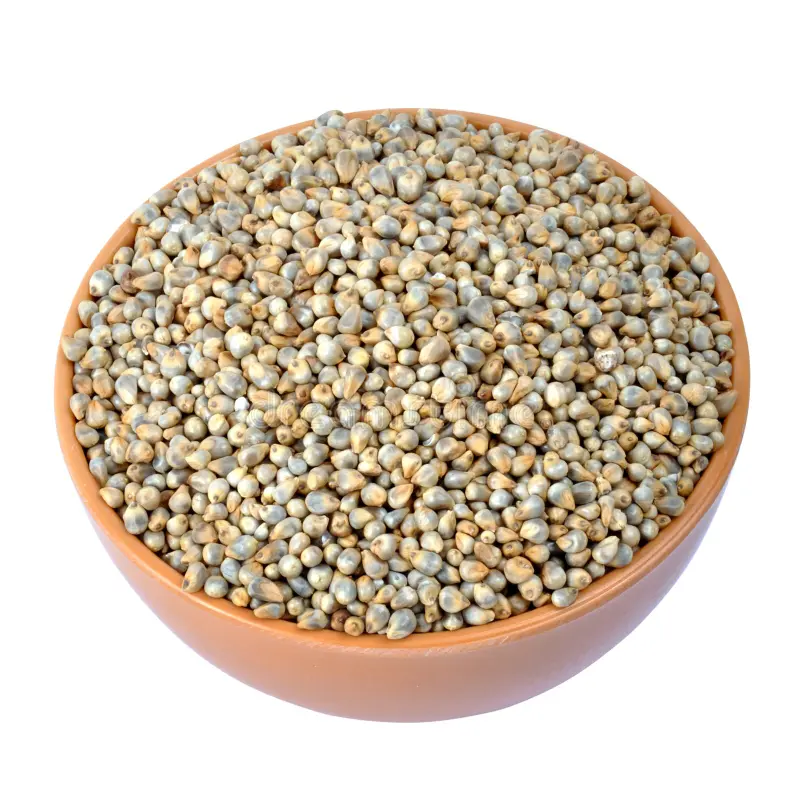
Pearl Millet
Uses: Pearl millet is commonly cooked and made into a porridge to accompany other foods. Grain may also be used in the brewing of alcoholic beverages. Millet straw can be used as an animal feed.
Health Benefits: Pearl millet is a nutritious grain that promotes heart health, manages diabetes, prevents cancer, prevents anemia, prevents celiac disease, promotes digestive regularity, promotes weight loss, provides energy.
Applications: Pearl millet is mainly used for animal and poultry feed. It is the principal source of energy, protein, vitamins, minerals and contains many phenolic compounds, which are a good source of natural antioxidants.
Foxtail Millet
Uses: Foxtail millet is used for making porridge, bread, cakes, and even malt and beer. In places like India, Nepal, and Sri Lanka, it’s a key player in dishes like roti, dosa, idli, and laddu.
Health Benefits: Foxtail millet helps in controlling blood sugar levels, keeping the digestive tract clean, reducing heart problems, providing antioxidants, and aiding weight loss.
Applications: Foxtail millet is used in various forms and dishes. You can have it as instant foods, ready-to-eat products, rice flour, etc.
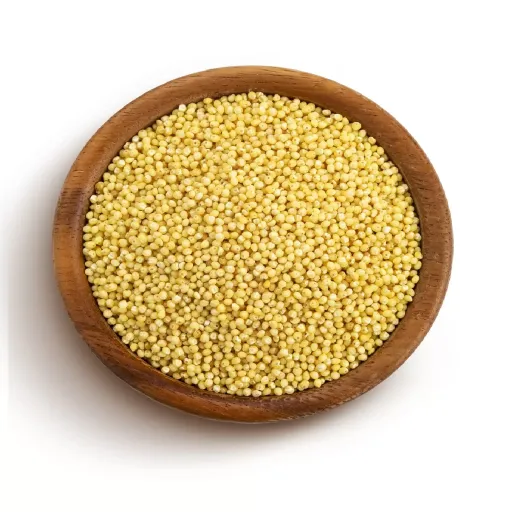

Foxtail Millet
Uses: Foxtail millet is used for making porridge, bread, cakes, and even malt and beer. In places like India, Nepal, and Sri Lanka, it’s a key player in dishes like roti, dosa, idli, and laddu.
Health Benefits: Foxtail millet helps in controlling blood sugar levels, keeping the digestive tract clean, reducing heart problems, providing antioxidants, and aiding weight loss.
Applications: Foxtail millet is used in various forms and dishes. You can have it as instant foods, ready-to-eat products, rice flour, etc.
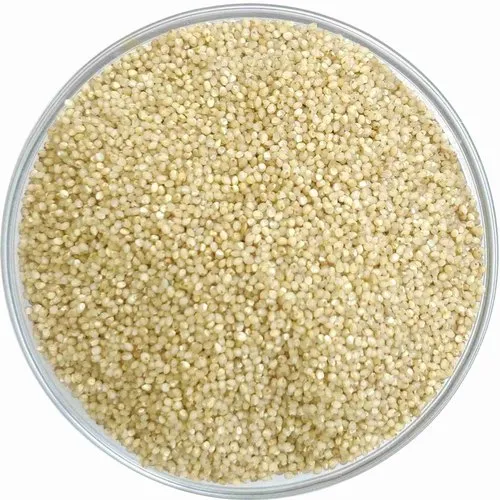
Little Millet
Uses: Little millet is a nutritious cereal rich in fibre, and minerals like iron and magnesium, and contains essential amino acids. It is commonly used to prepare dishes like porridge, upma, and pulao¹. The grains are often roasted to enhance their nutty flavour before being cooked.
Health Benefits: Little millet is a rich source of antioxidants that enhance immunity and provide protection against various infections and diseases¹. It is packed with essential minerals like magnesium, which is crucial for maintaining healthy bones, muscle and nerve function¹. It is known to be a low glycemic index food and also high in dietary fibre. It takes longer time for glucose to enter the bloodstream and hence blood sugar levels remain stable.
Applications: Little millet is versatile and can be used in various dishes such as upma, khichdi, porridge, idli, dosa, and can also serve as a rice substitute.
Barnyard Millet
Uses: Barnyard millet is used in a variety of ways. It can be given as porridge or Kheer to babies, and as cheela, dosa, idlis for toddlers¹. Whole barnyard millets are commonly used to prepare upma, khichdi, and pulav, especially during fasting days¹. It can also be ground into flour and used to make bread, noodles, and other baked goods.
Health Benefits: Barnyard millet is a nutrient-rich grain that is high in fiber, iron, and phosphorus³. It is free from gluten, abundant in dietary fiber, features a low glycemic index, packed with antioxidants, an excellent source of protein, contains a wealth of minerals, provides essential vitamins, promotes heart health, helps with digestion, helps with weight control, and helps in controlling blood sugar, blood pressure, and cholesterol levels.
Applications: Barnyard millet is used in various forms and dishes. You can have it as instant foods, ready-to-eat products, rice flour, etc.
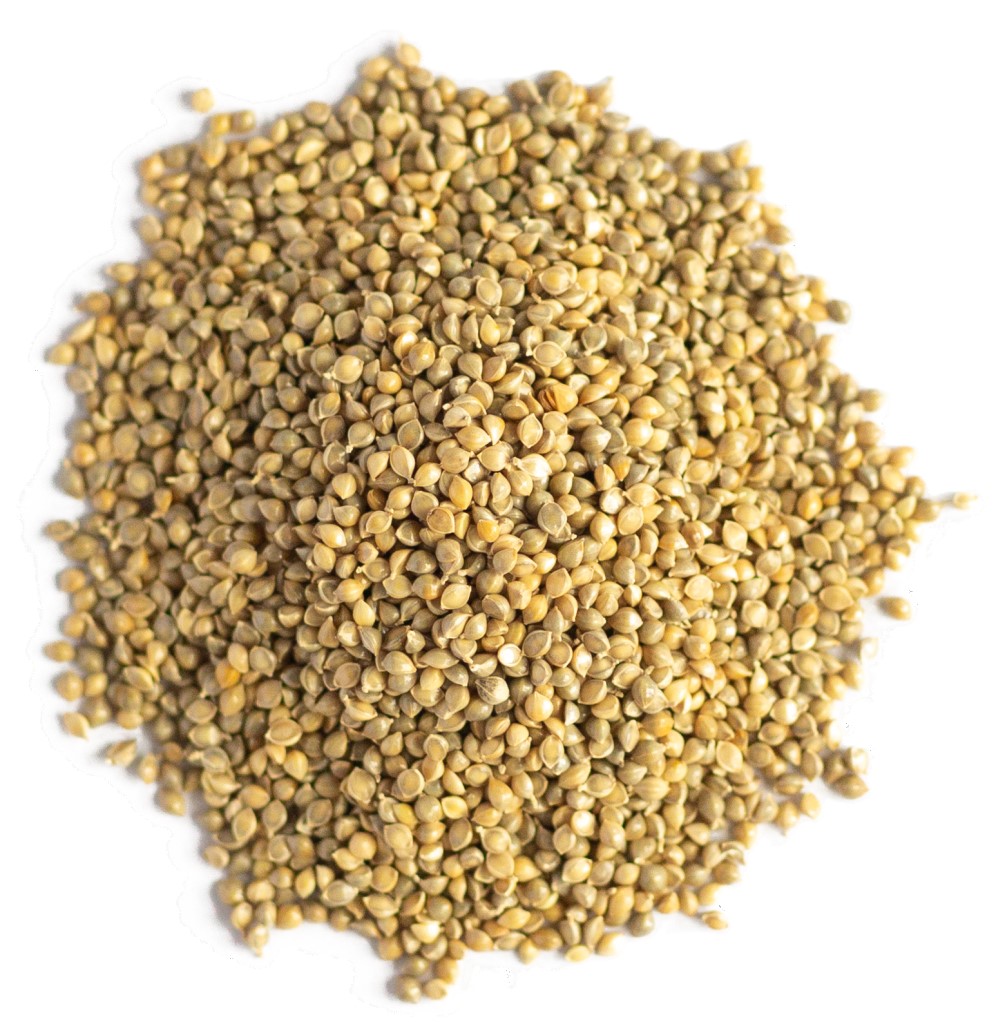

Barnyard Millet
Uses: Barnyard millet is used in a variety of ways. It can be given as porridge or Kheer to babies, and as cheela, dosa, idlis for toddlers¹. Whole barnyard millets are commonly used to prepare upma, khichdi, and pulav, especially during fasting days¹. It can also be ground into flour and used to make bread, noodles, and other baked goods.
Health Benefits: Barnyard millet is a nutrient-rich grain that is high in fiber, iron, and phosphorus³. It is free from gluten, abundant in dietary fiber, features a low glycemic index, packed with antioxidants, an excellent source of protein, contains a wealth of minerals, provides essential vitamins, promotes heart health, helps with digestion, helps with weight control, and helps in controlling blood sugar, blood pressure, and cholesterol levels.
Applications: Barnyard millet is used in various forms and dishes. You can have it as instant foods, ready-to-eat products, rice flour, etc.
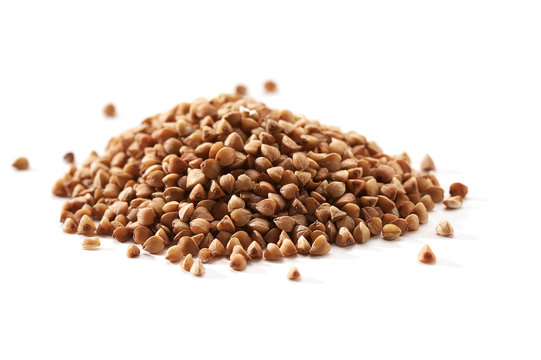
Buckwheat
Uses: Buckwheat can be processed into groats, flour, and noodles. The groats are used in many traditional European and Asian dishes. Buckwheat is also used as a pillow filling, a cover crop, and as support for bee colonies¹⁵. It can also be used as a barley alternative in alcohol production.
Health Benefits: Buckwheat is a nutritious food rich in fiber, minerals, and antioxidants. Regular consumption of buckwheat contributes to good intestinal functioning, improves immunity, prevention of cardiovascular diseases, and glycemic control.
Kodo Millet
Uses: Kodo millet can be used to prepare dishes like porridge, upma, and pulao. The grains are often roasted to enhance their nutty flavor before being cooked. It can also be ground into flour and used to make bread, pancakes, and other baked goods.
Health Benefits: Kodo millet is a rich source of antioxidants that enhance immunity and provide protection against various infections and diseases⁷. It is packed with essential minerals like magnesium, which is crucial for maintaining healthy bones, muscle, and nerve function.
Application: Kodo millet is versatile and can be used in various dishes such as upma, khichdi, porridge, idli, dosa, and can also serve as a rice substitute.
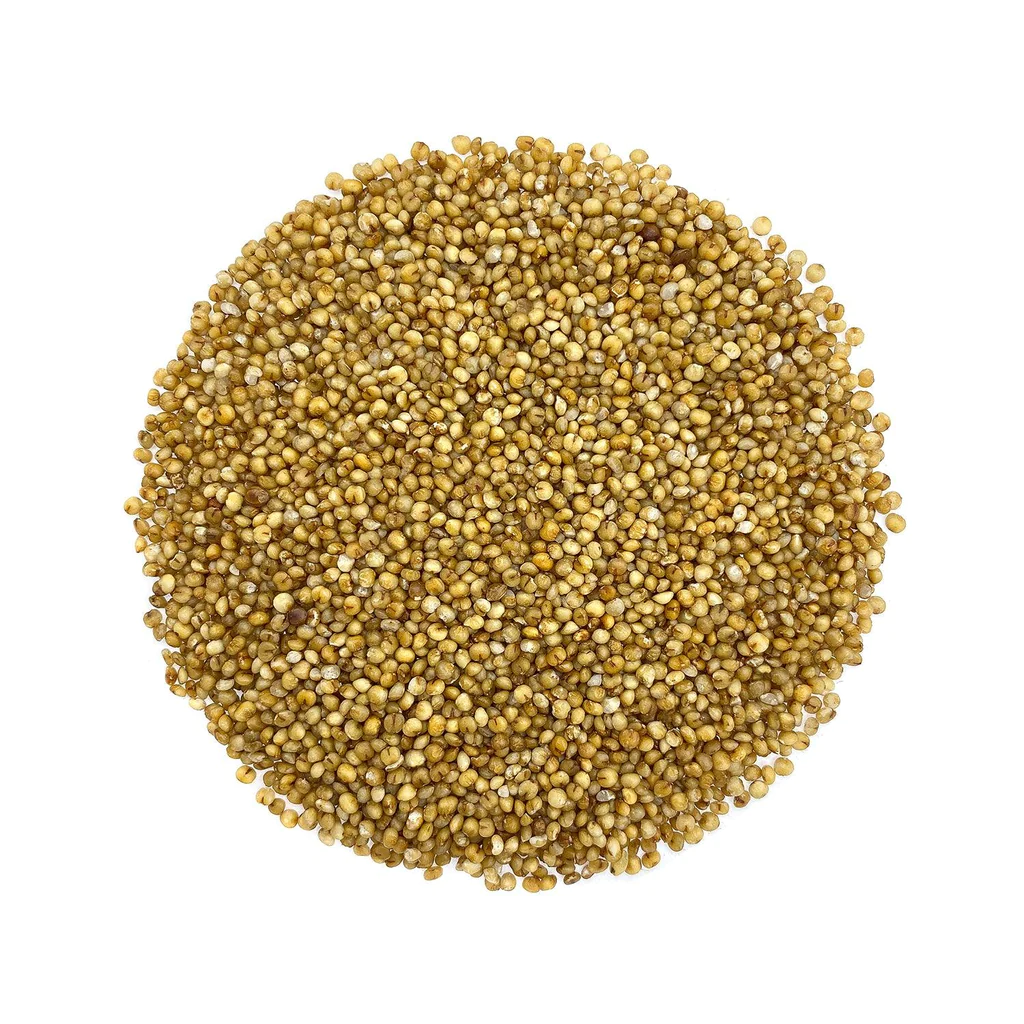

Kodo Millet
Uses: Kodo millet can be used to prepare dishes like porridge, upma, and pulao. The grains are often roasted to enhance their nutty flavor before being cooked. It can also be ground into flour and used to make bread, pancakes, and other baked goods.
Health Benefits: Kodo millet is a rich source of antioxidants that enhance immunity and provide protection against various infections and diseases⁷. It is packed with essential minerals like magnesium, which is crucial for maintaining healthy bones, muscle, and nerve function.
Application: Kodo millet is versatile and can be used in various dishes such as upma, khichdi, porridge, idli, dosa, and can also serve as a rice substitute.
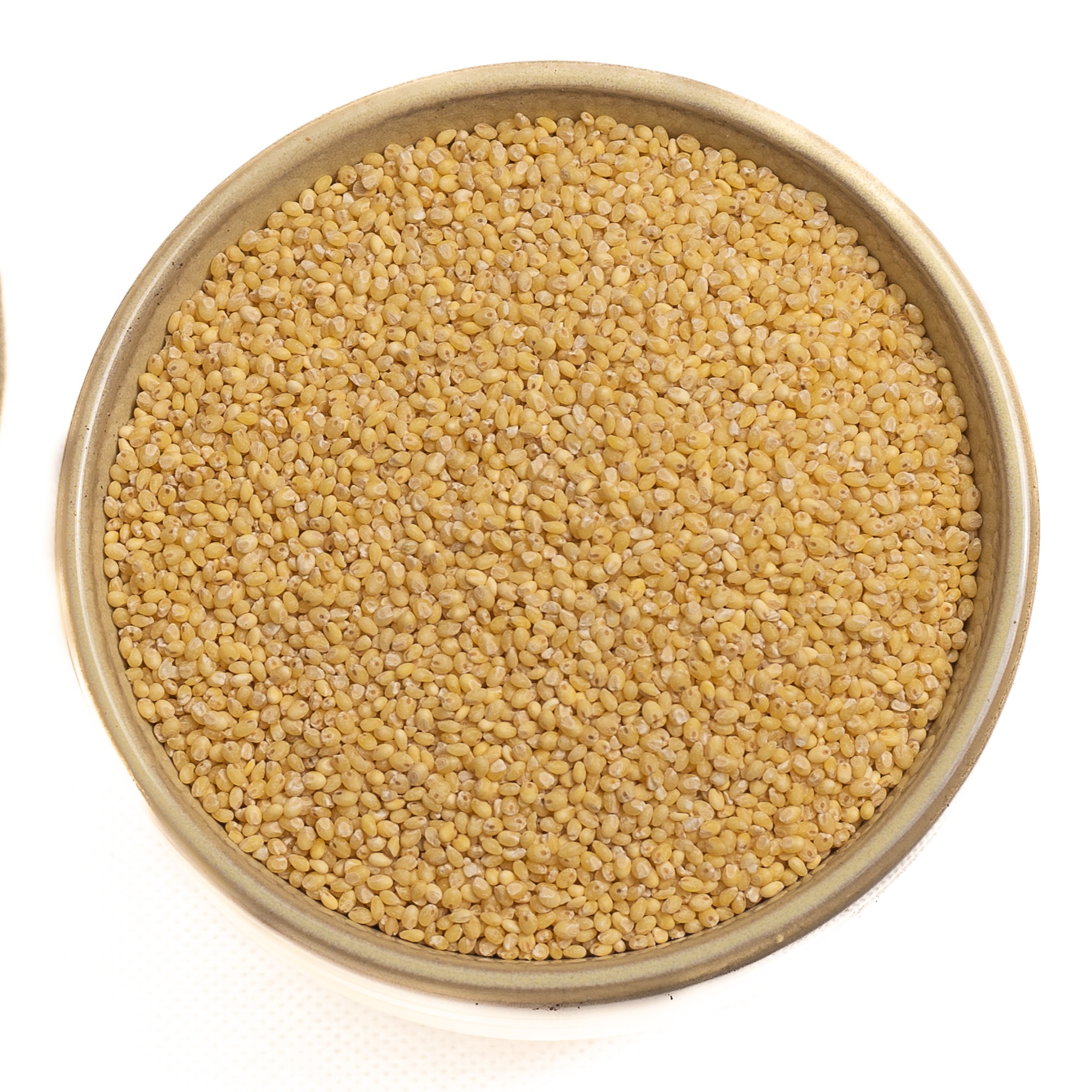
pROSO MILLET
Proso Millet Uses:
- Used in dishes like soups, salads, bread, and added to vegetable stews and meats.
- Used to make flour for various food products.
Proso Millet Health Benefits:
- High in dietary fiber, essential for healthy digestion.
- Reduces high cholesterol levels3.
- Supports heart health3.
- Strengthens the nervous system.
- Aids in weight management.
Proso Millet Applications:
- Used in making traditional sweets, healthy snacks, snack bars, ready-to-eat products, and breakfast cereals.
- Incorporated into menus in regional foodservice restaurants and hotels.
- Used in gluten-free products.
Browntop millet
Uses of Browntop Millet:
- Used in dishes like porridge, bread, and muffins.
- Substitute for rice.
Health Benefits of Browntop Millet:
- Packed with nutrients and antioxidants.
- Helps regulate diabetes and digestion.
- Aids in weight management and heart health. Browntop Millet can be used in a variety of dishes. It can be used to make porridge, bread, muffins, and others.
Applications:
- Used in making traditional sweets and healthy snacks.
- Incorporated into snack bars and ready-to-eat products.
- Used in breakfast cereals.
- Included in menus in regional foodservice restaurants and hotels.


Browntop millet
Uses of Browntop Millet:
- Used in dishes like porridge, bread, and muffins.
- Substitute for rice.
Health Benefits of Browntop Millet:
- Packed with nutrients and antioxidants.
- Helps regulate diabetes and digestion.
- Aids in weight management and heart health. Browntop Millet can be used in a variety of dishes. It can be used to make porridge, bread, muffins, and others.
Applications:
- Used in making traditional sweets and healthy snacks.
- Incorporated into snack bars and ready-to-eat products.
- Used in breakfast cereals.
- Included in menus in regional foodservice restaurants and hotels.